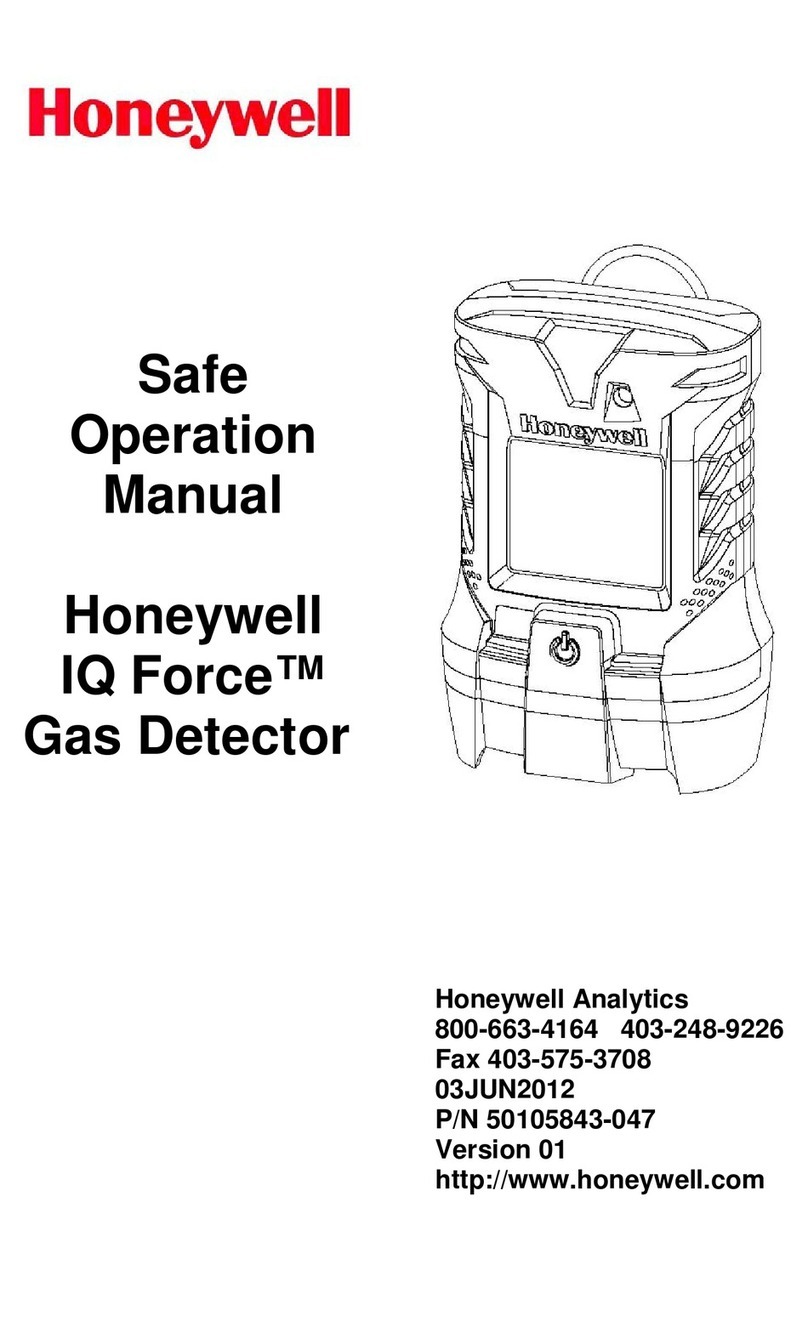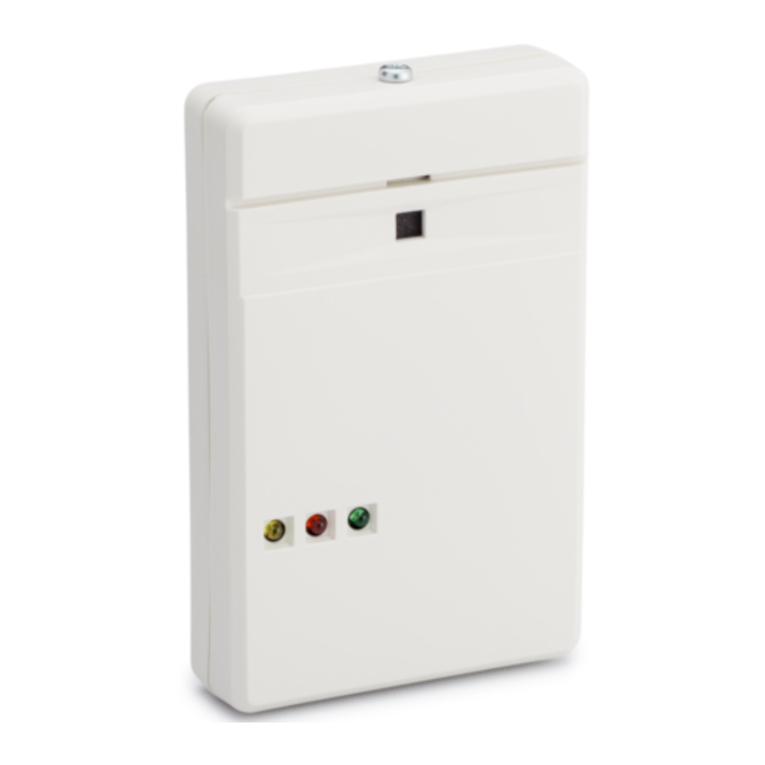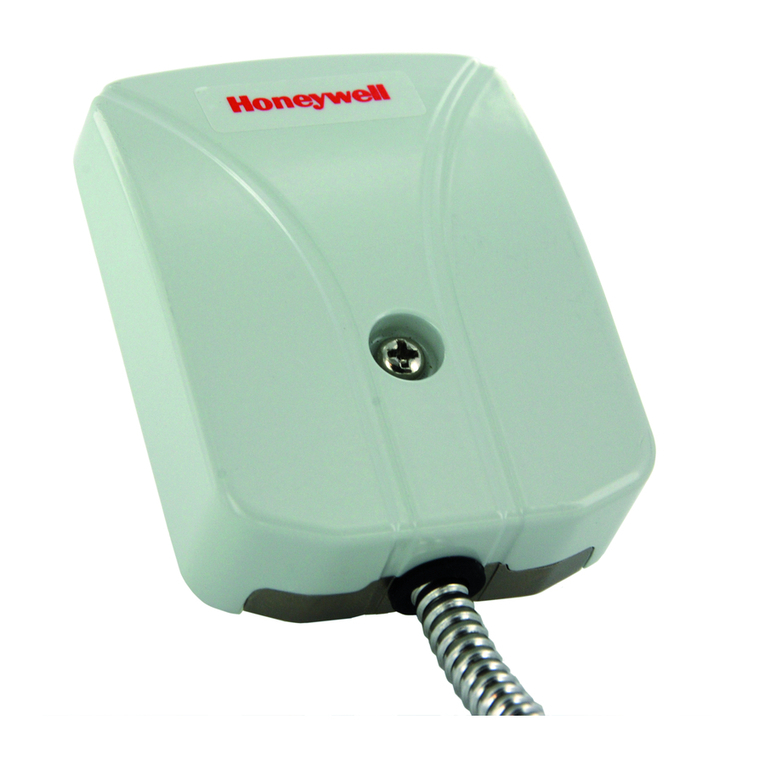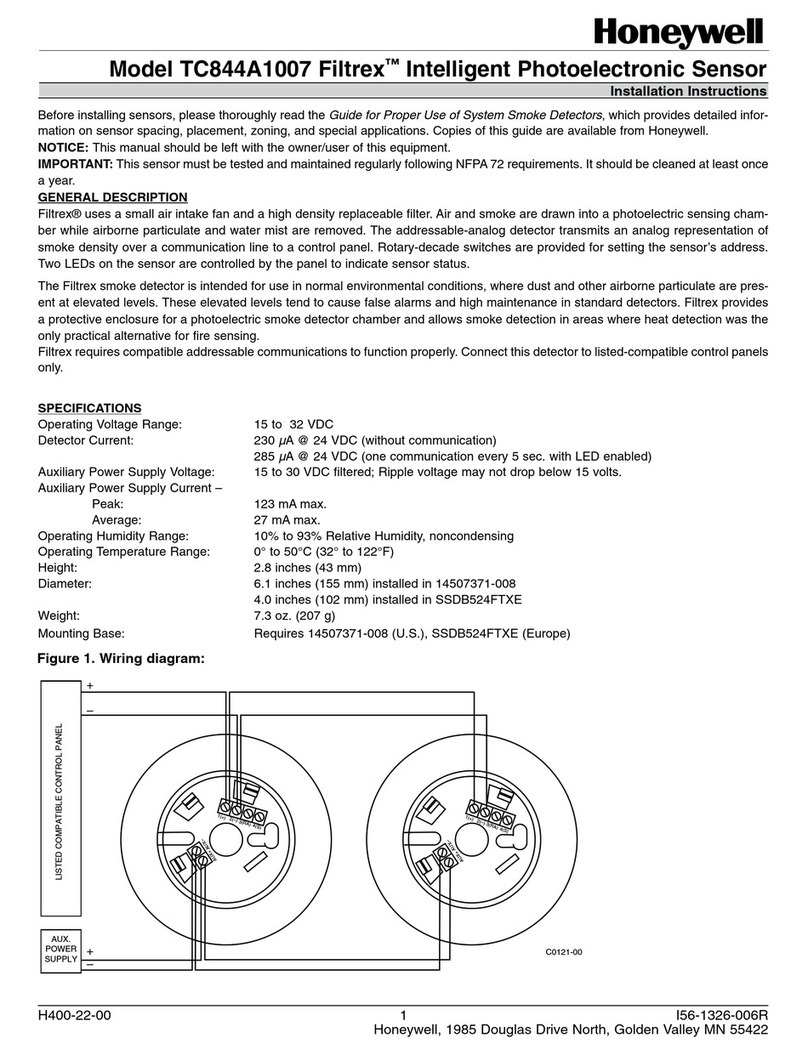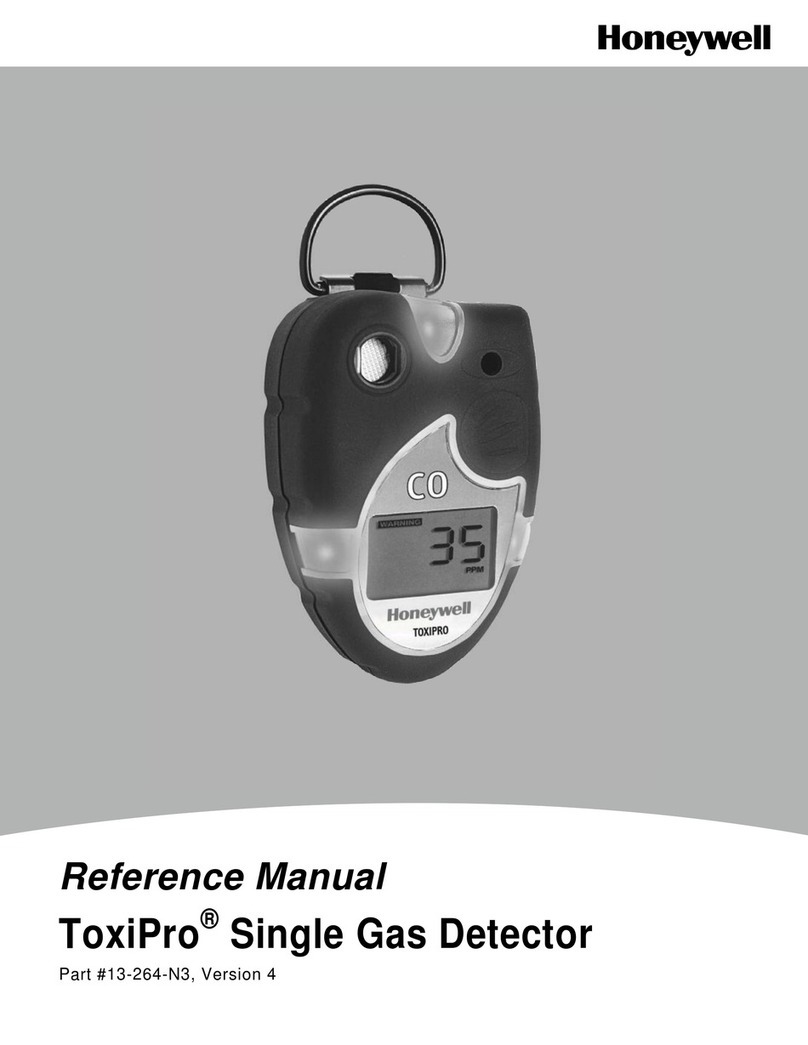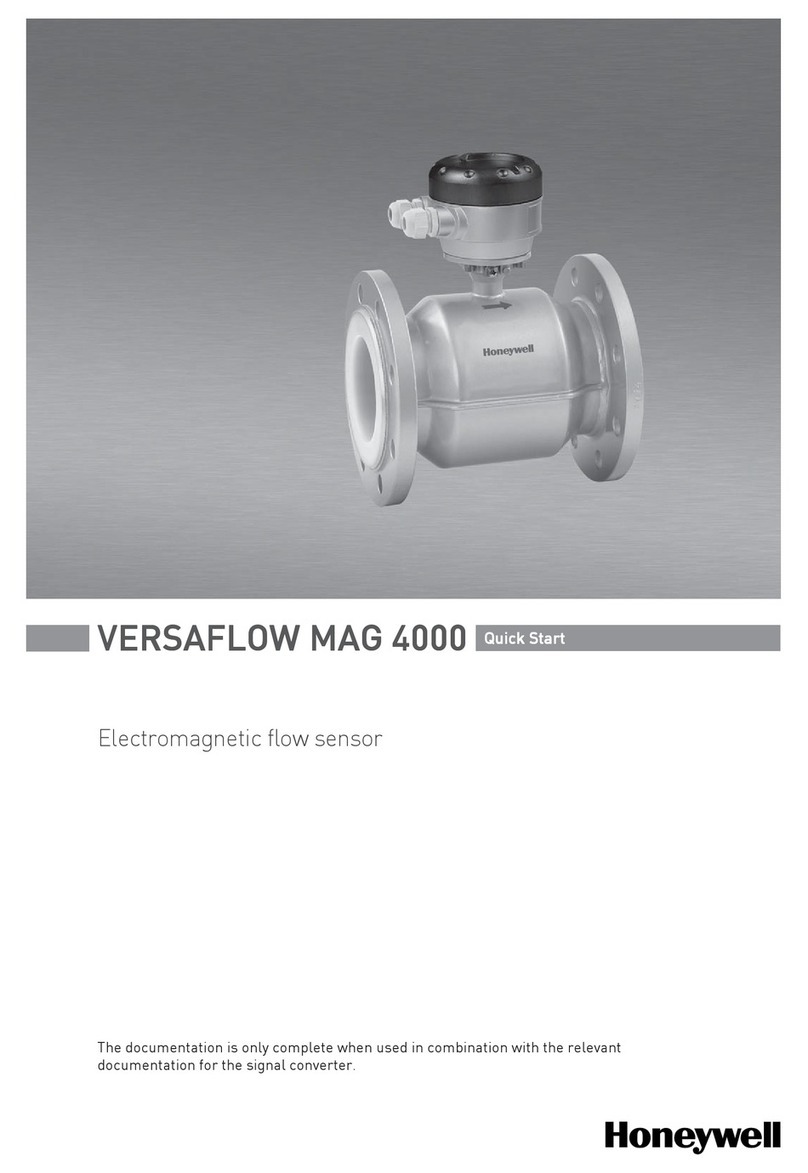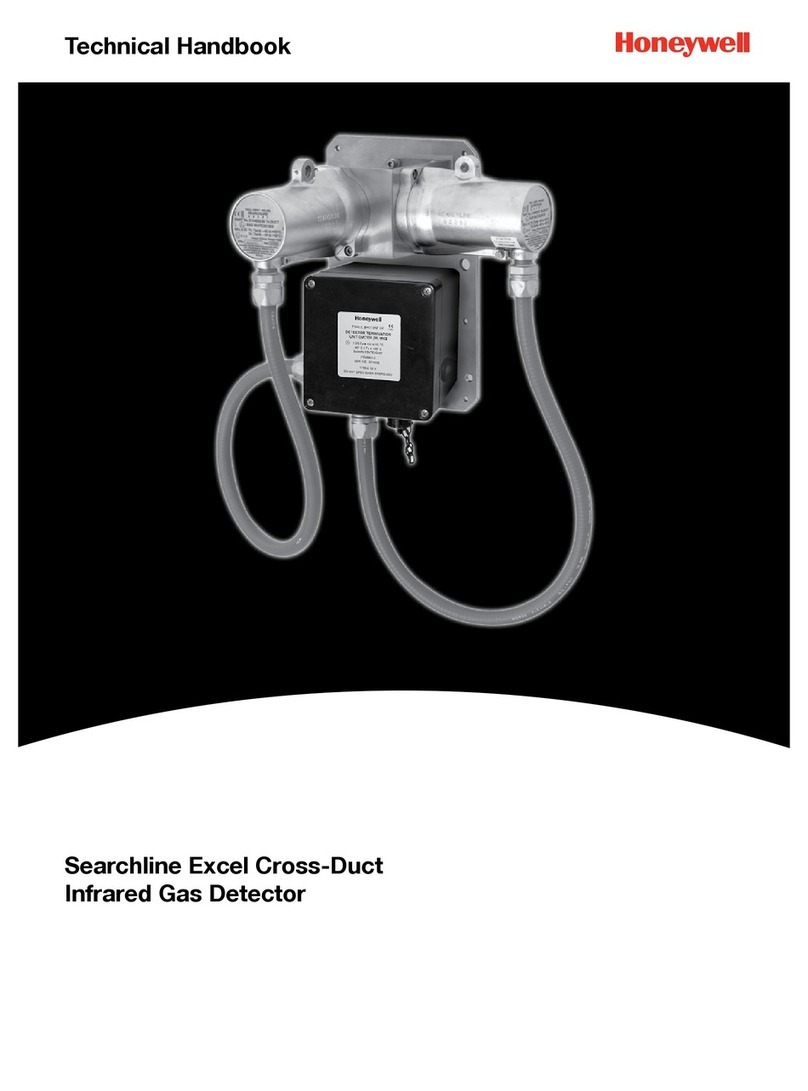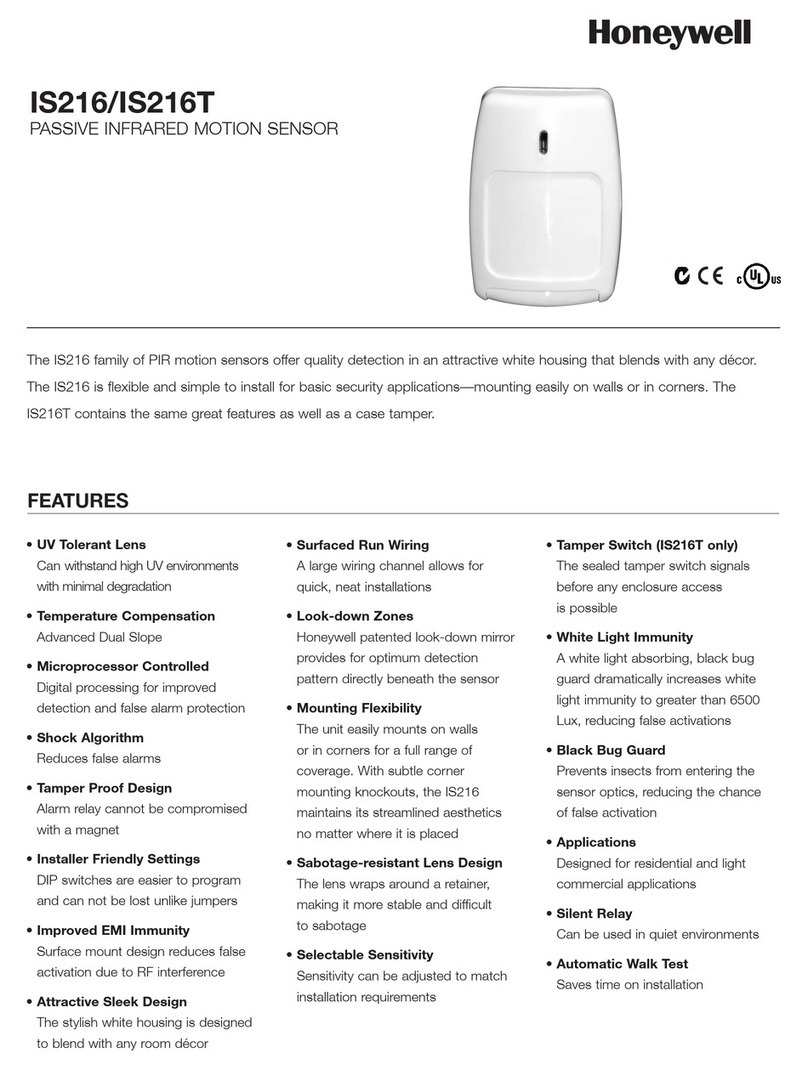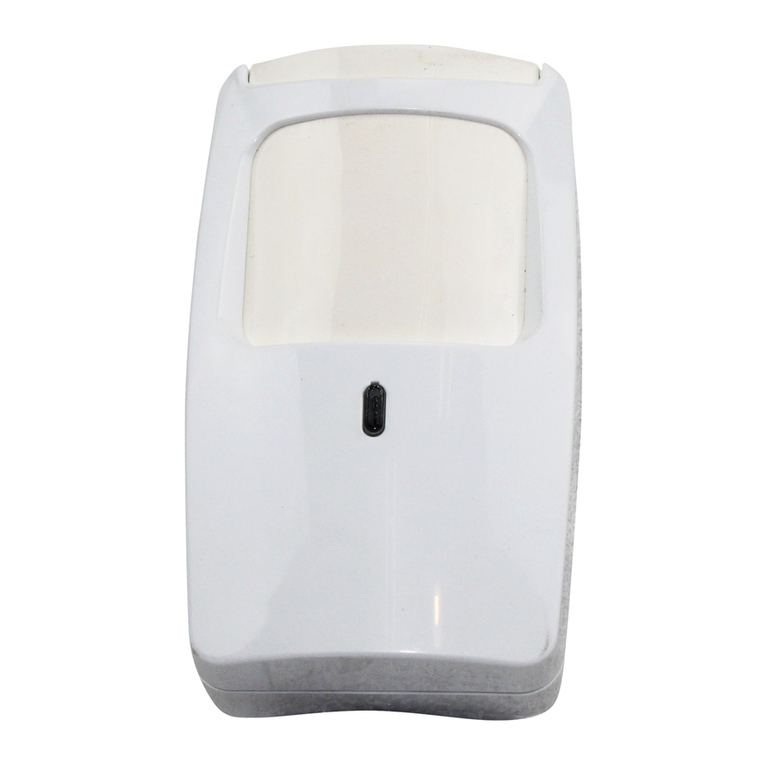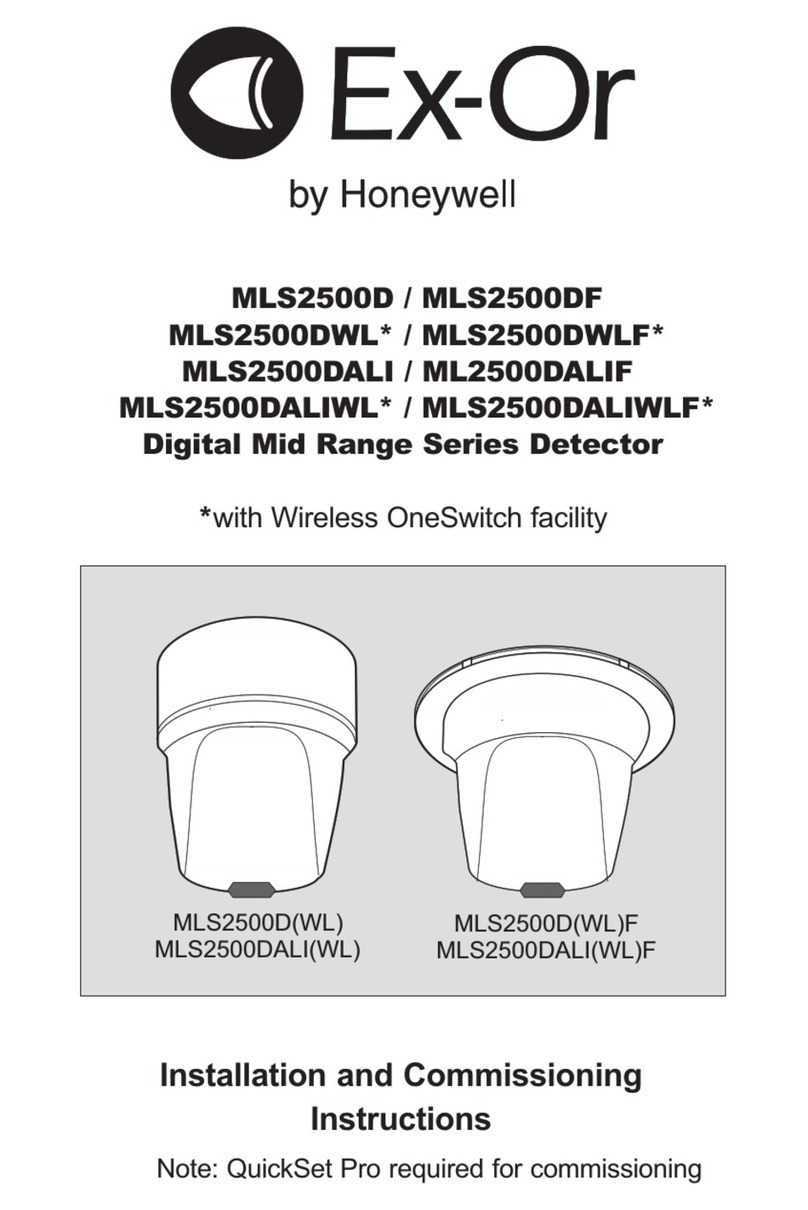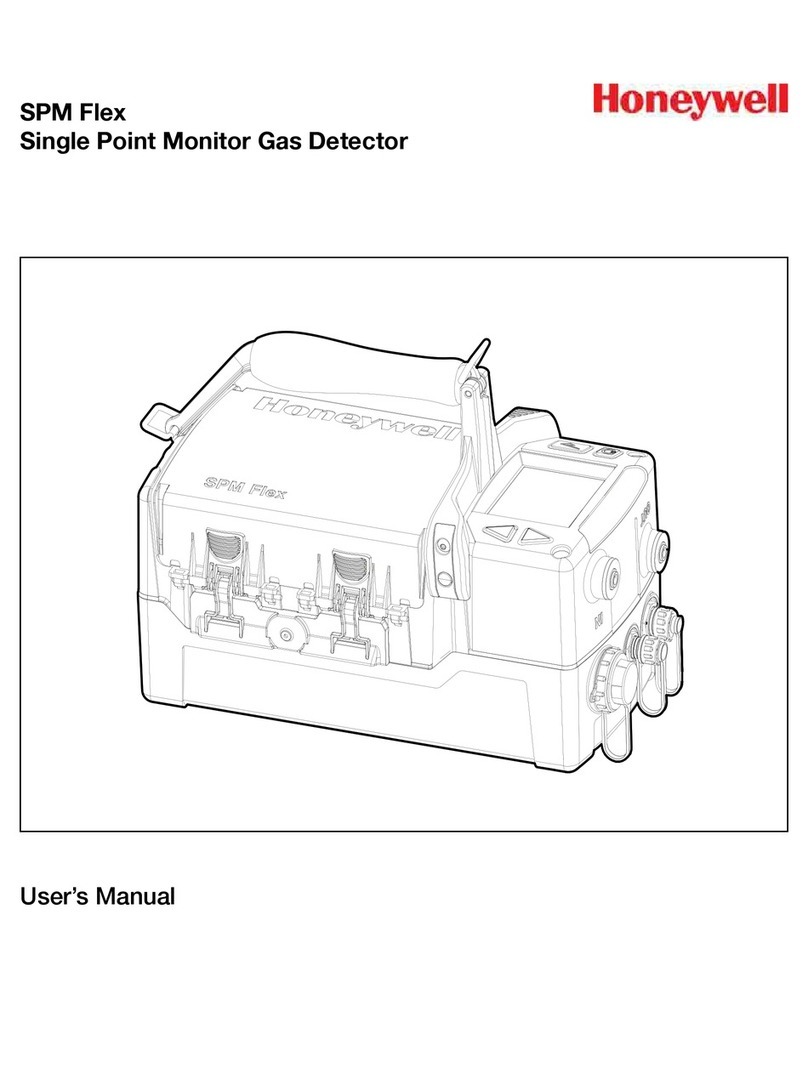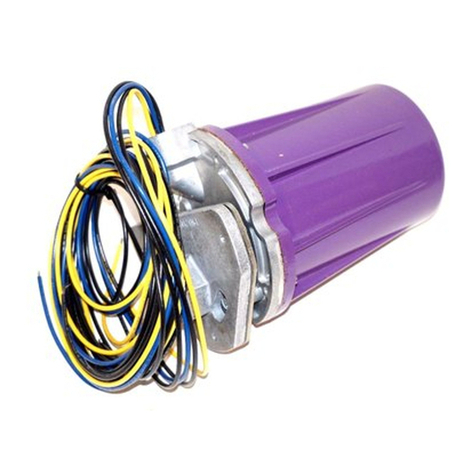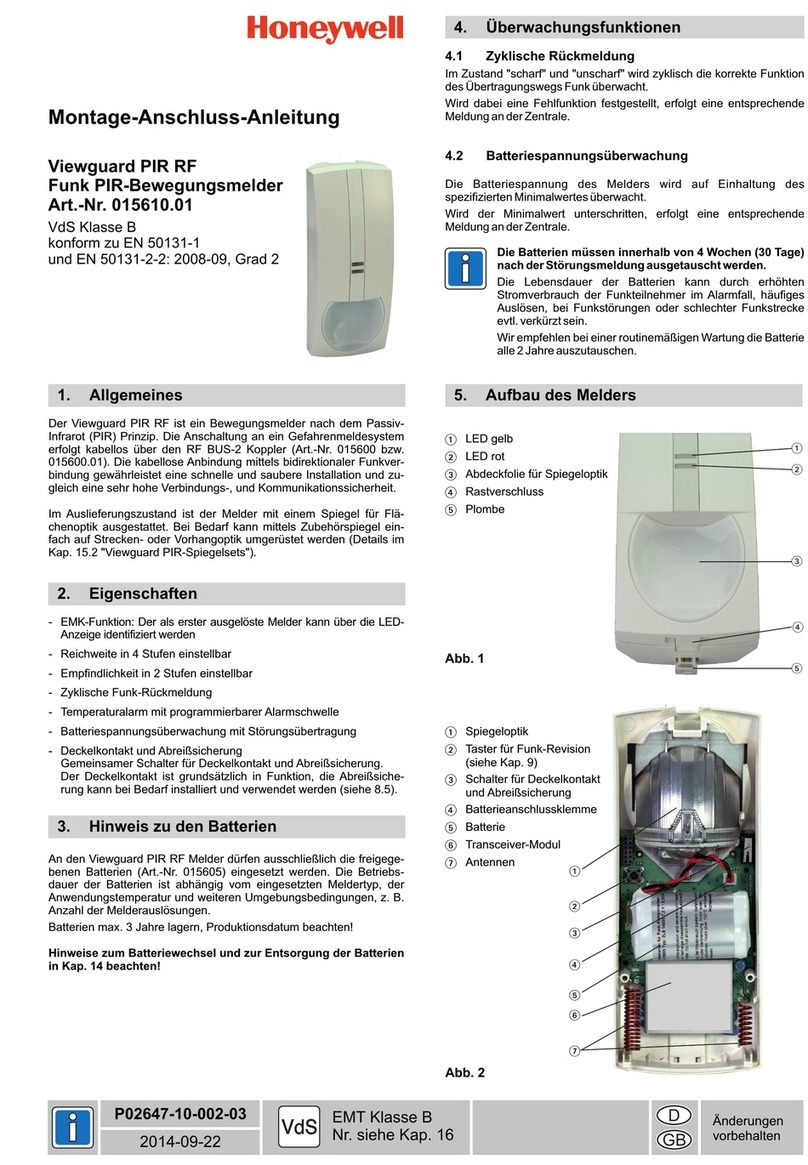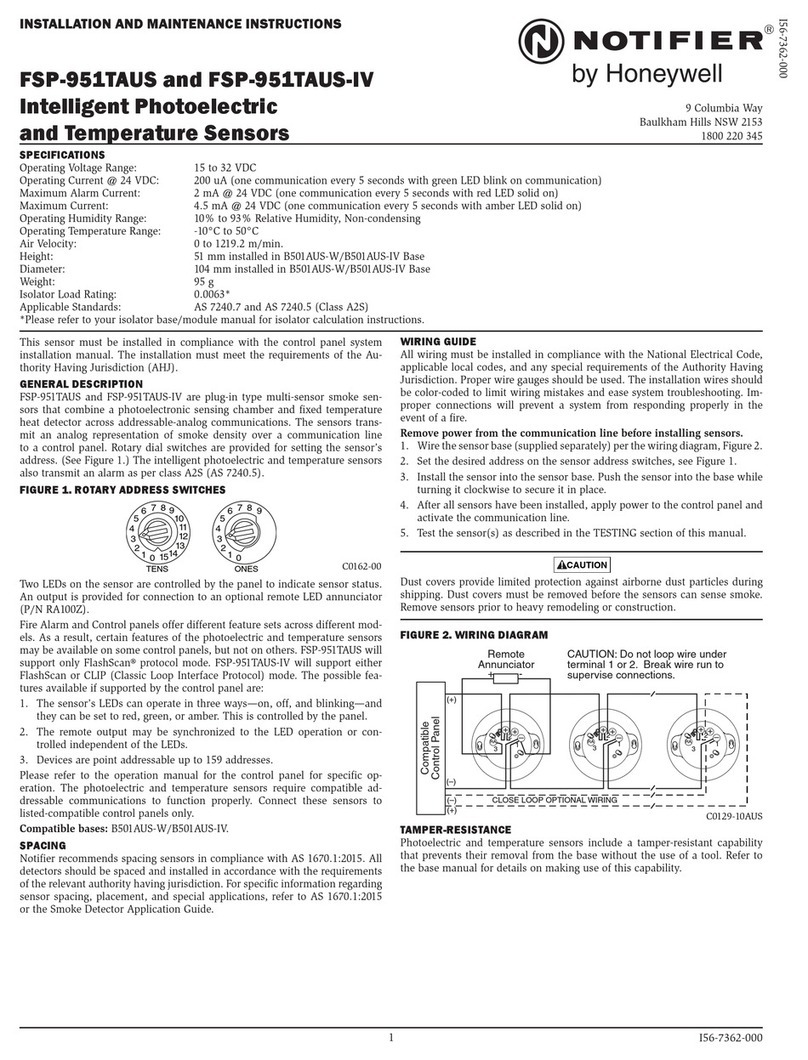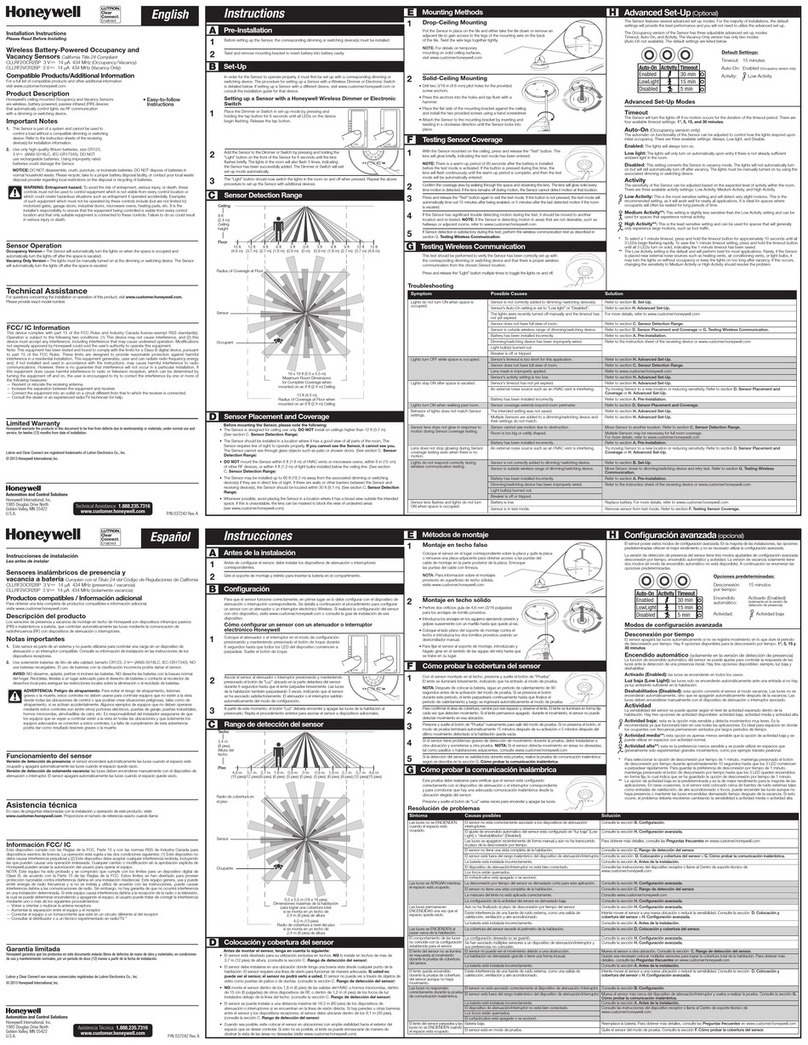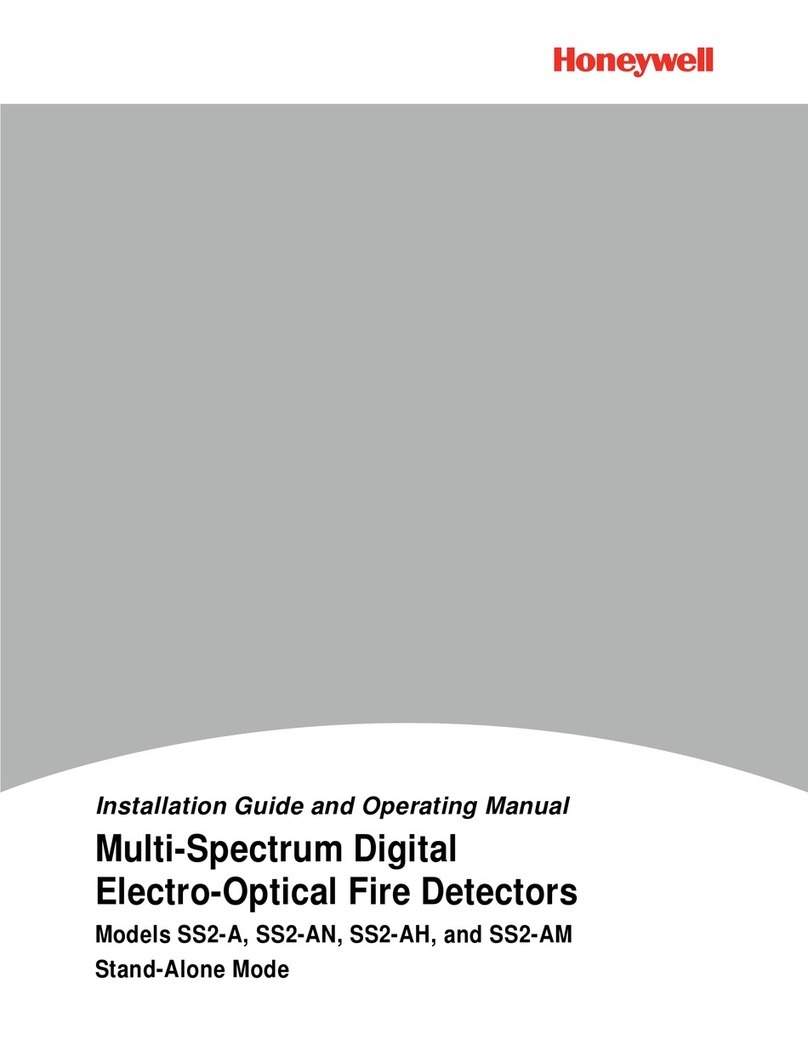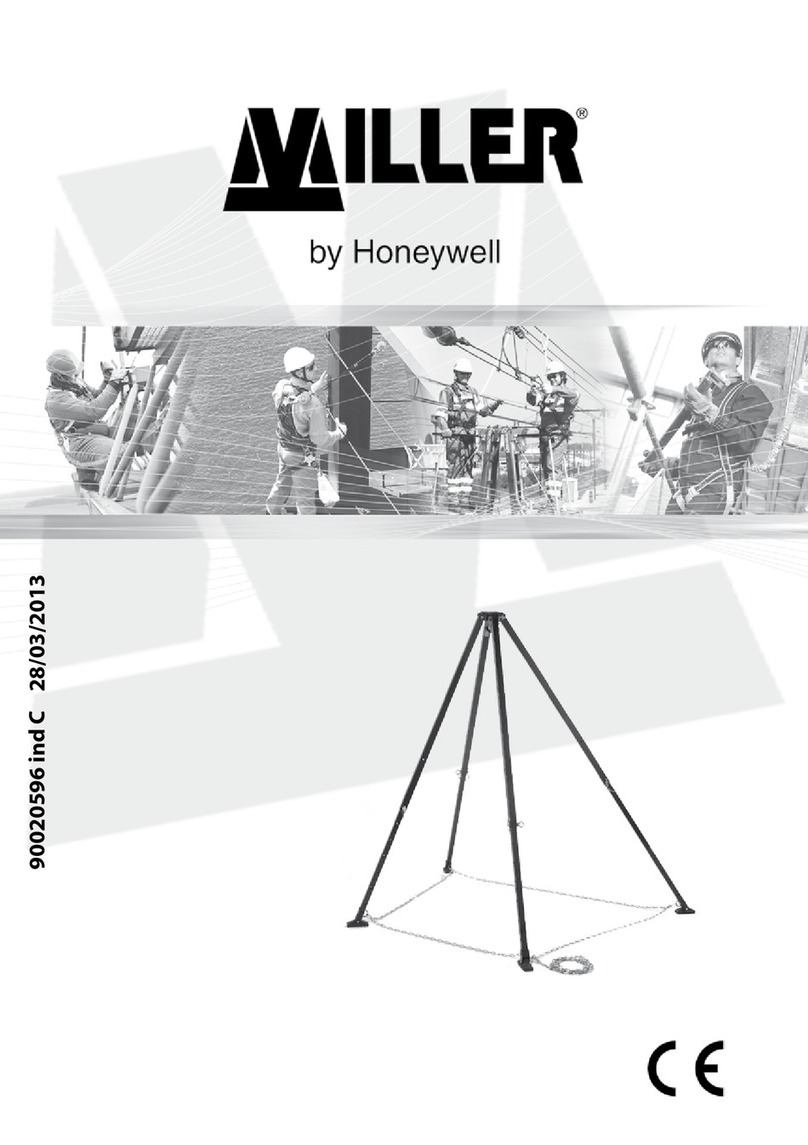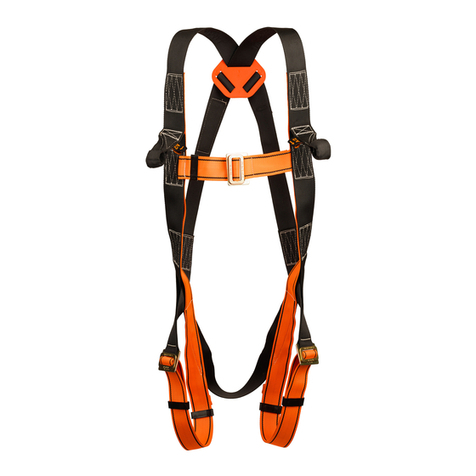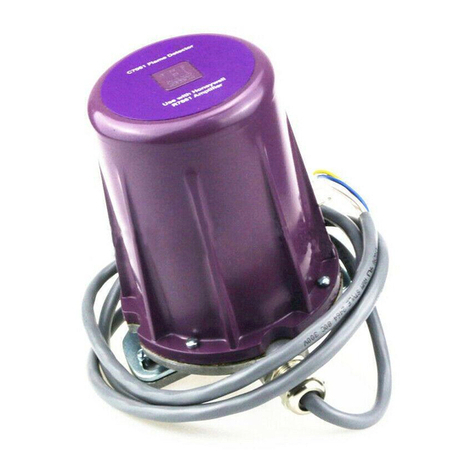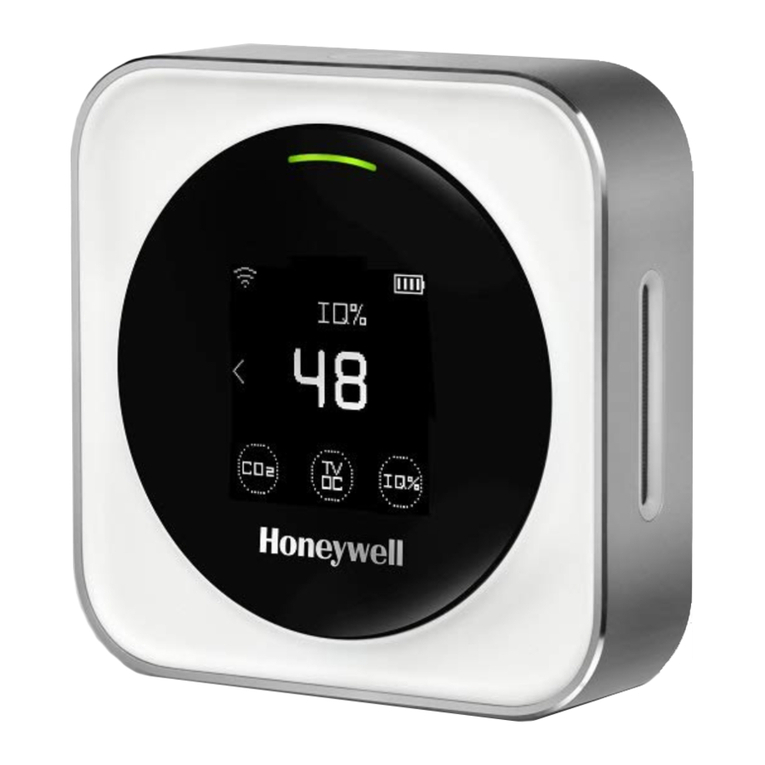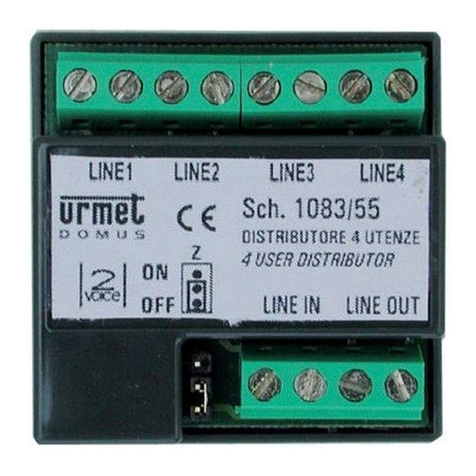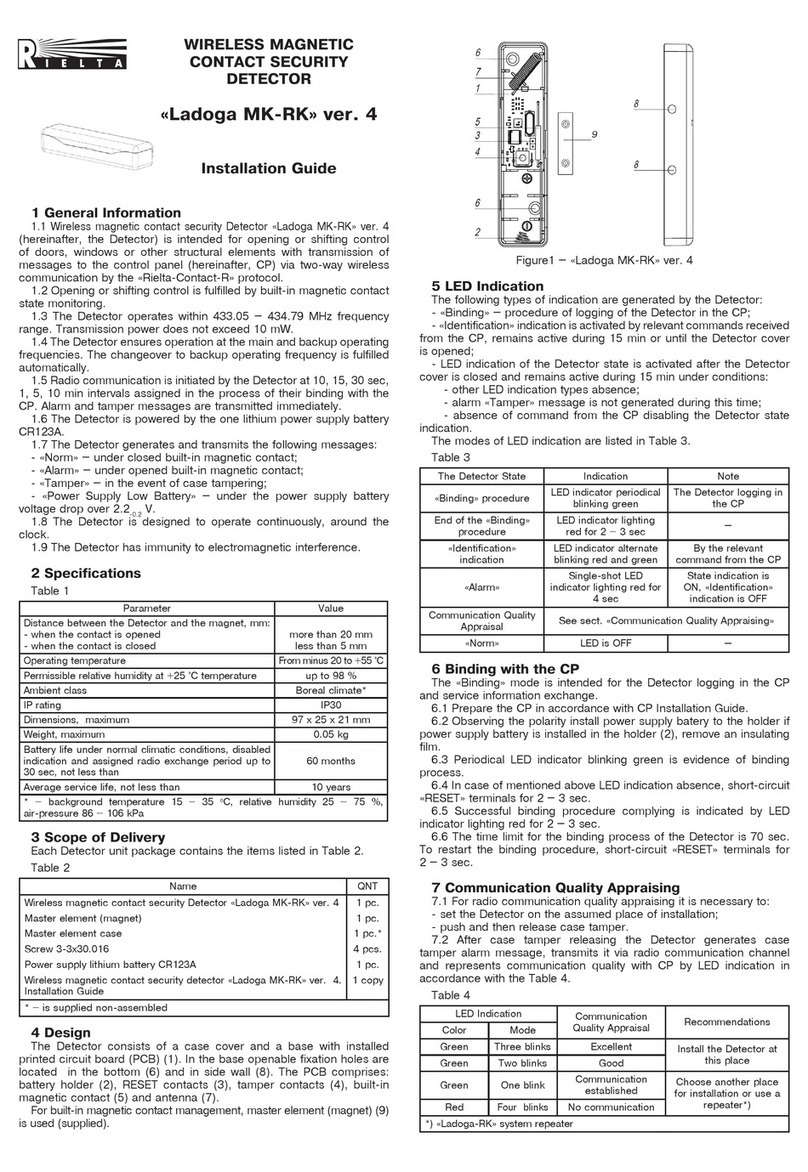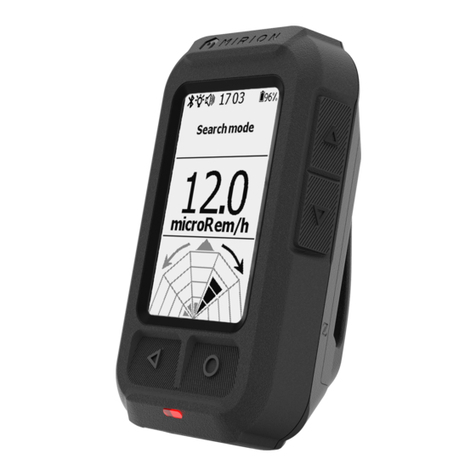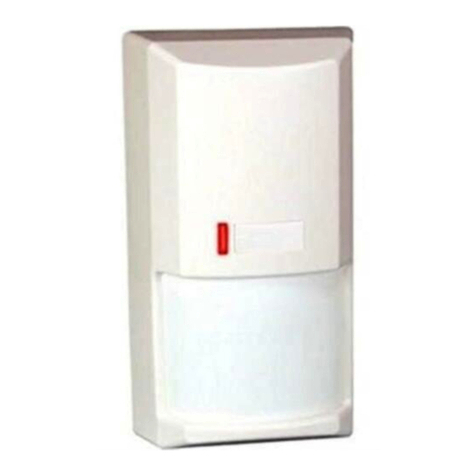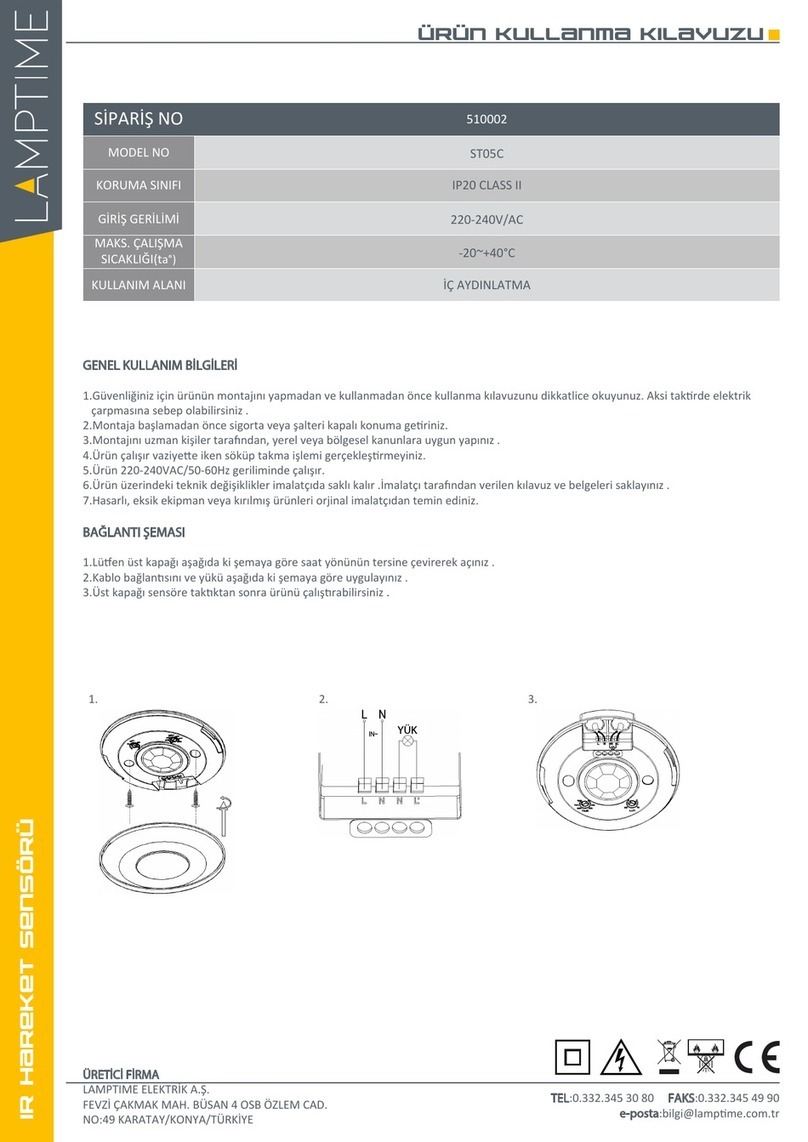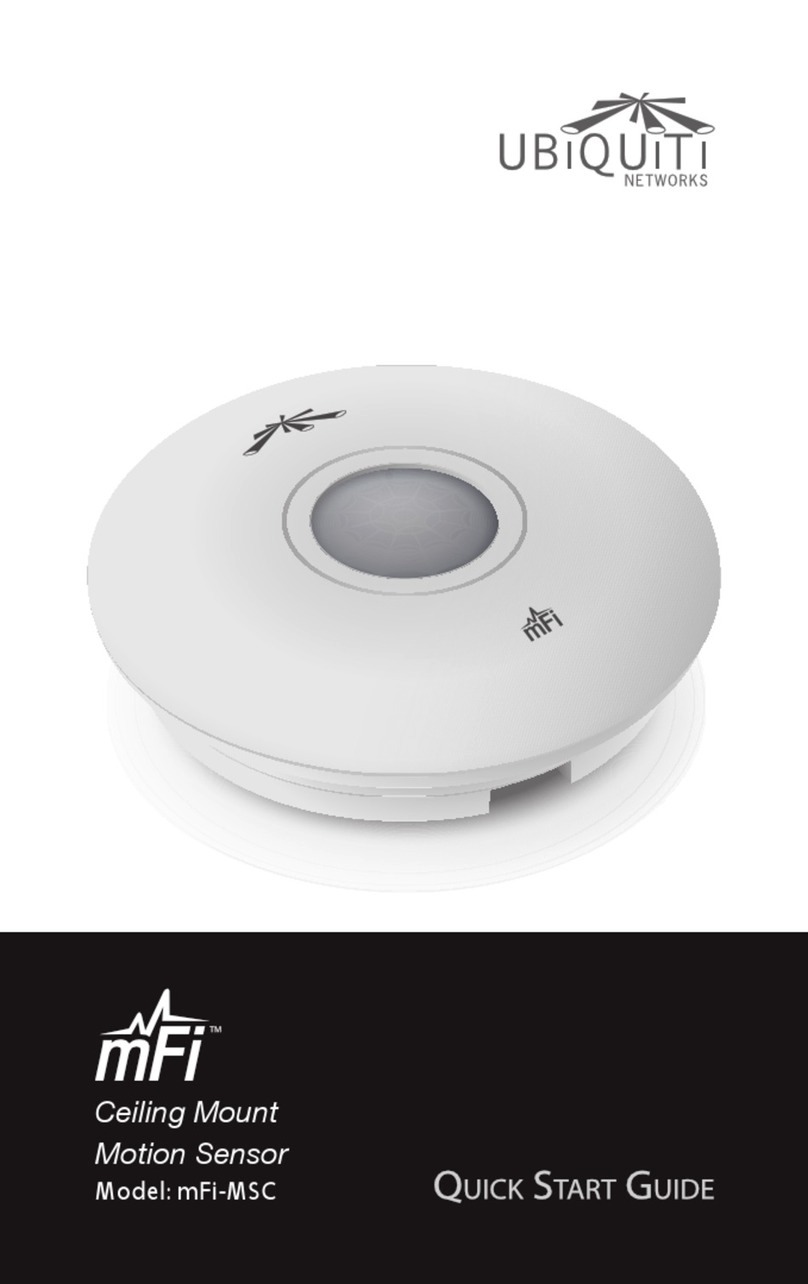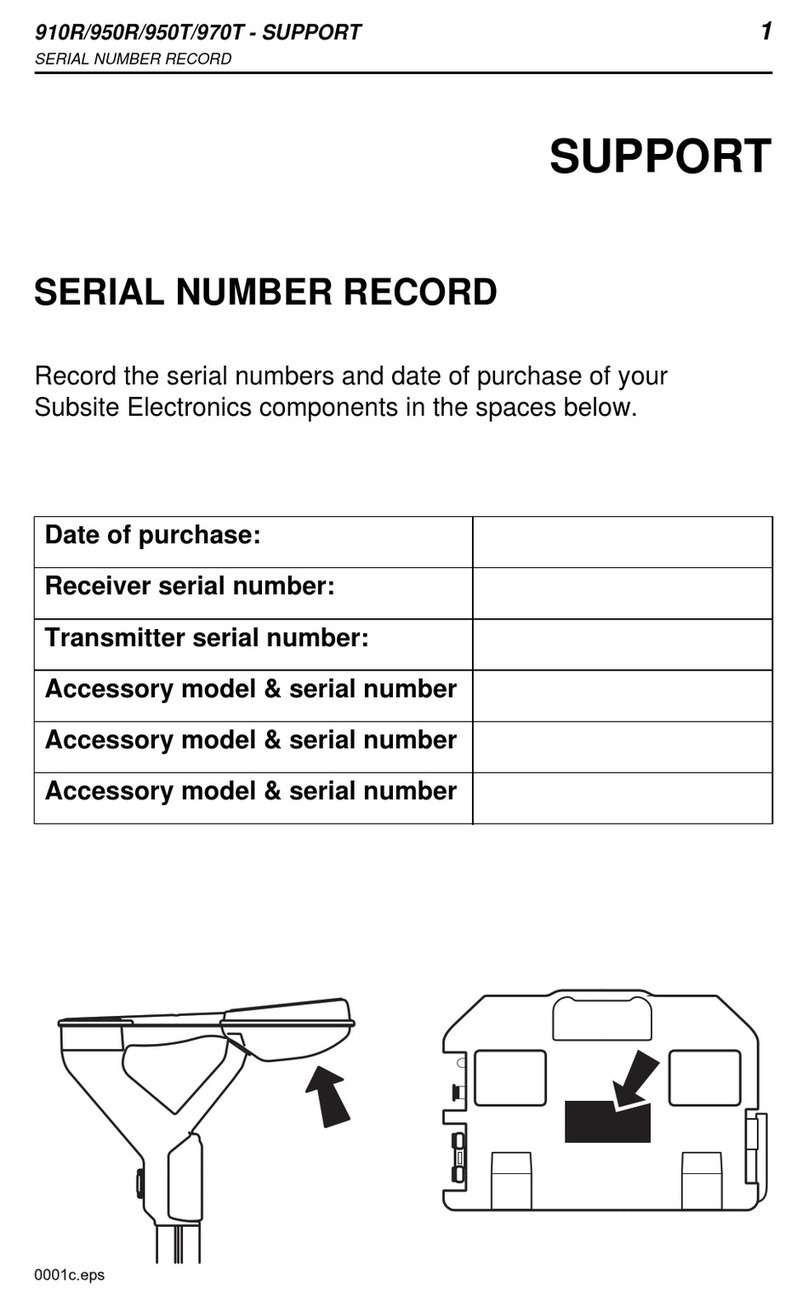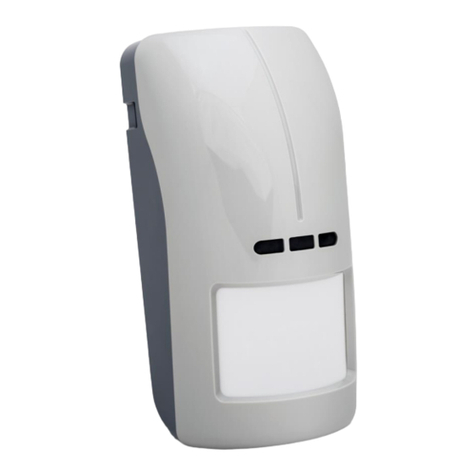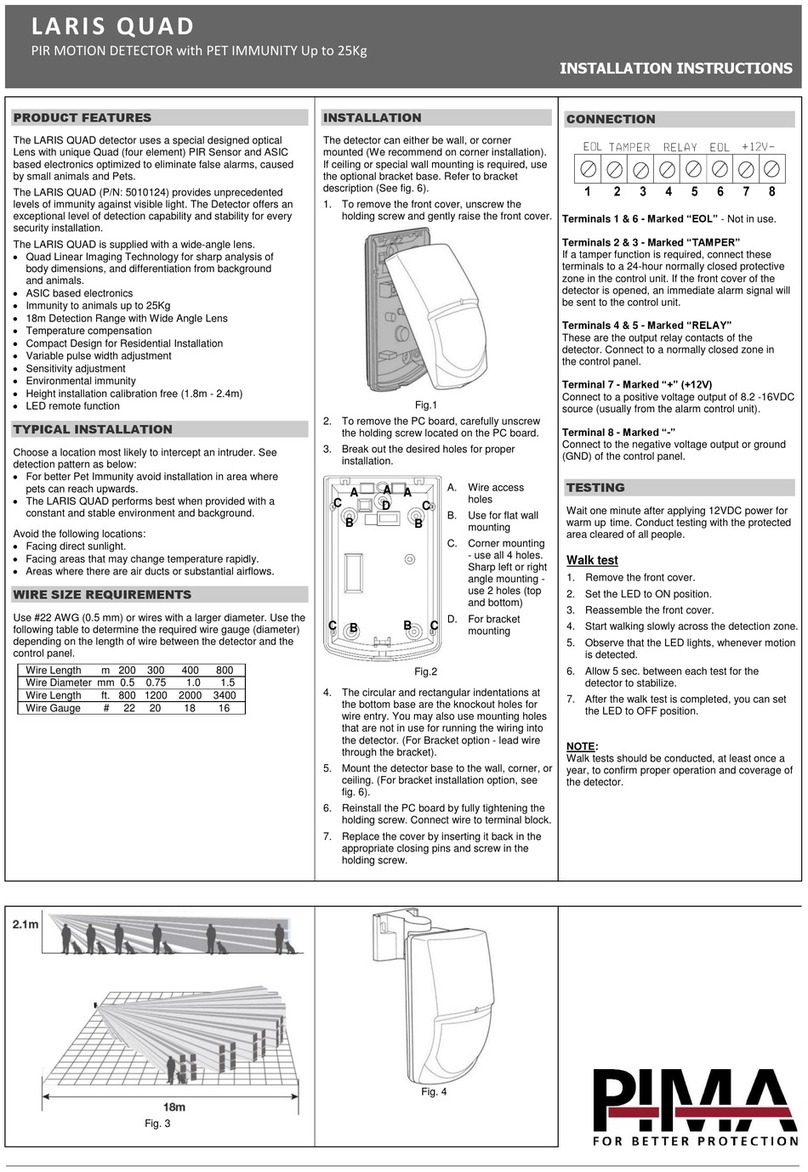
attack, stroke, dehydration, or other
health-related conditions. At the first
sign of heat stress, immediately seek
medical help.
•Burn Injury: If designed for thermal
protection, your protective garment
will not protect you from all burns and
injuries. If your protective garment is
exposed to radiant, convective, or
conductive heat, or comes in contact
with a hot environment or hot object,
you may be burned underneath the
protective garment with no warning
and no sign of damage to the protec-
tive garment. If your protective
garment is not flame resistant, do not
wear your garment in any environment
where you expect to be exposed to
flame, high heat, or any other thermal
hazard.
•Heat Sensation: Your protective
garment will lower your ability to feel
heat. Do not be misled by the
absence of heat or discomfort
underneath your protective garment.
Even though you do not feel heat or
discomfort, you can be burned or
injured suddenly and without warning.
If you feel heat or some slight discom-
fort or unusual sensation under your
protective garment, you may already
have been burned or are about to be
burned. Be constantly alert to the
possibility of exposure to heat and
other hazards.
•Barrier Protection: If your protective
garment has a barrier, it will provide
only limited liquid integrity and only
when worn correctly and in combina-
tion with other suitably chosen
ensemble elements. Water and other
liquids may still enter through the top,
bottom, or closures of your protective
garment and may expose you to
liquid contaminants. The moisture barrier
has not been evaluated for all chemi-
cals that can be encountered during
fire-fighting operations and informa-
tion that the effects of chemical expo-
sure on the moisture barrier are to be
evaluated per the inspection proce-
dures in NFPA 1855. Your protective
garment may not protect you from all
chemical, radiological, or biological
hazards which can cause death,
injuries, diseases, and/or illnesses.
Furthermore, this garment does not
offer any protection from hazardous
vapors or gases, liquefied gases, or
cryogenic liquids. Ensure that you
have proper interfaces between your
protective garment and the other
elements in your ensemble such as
helmets, hoods, respirator facepieces,
gloves (with protective coats), and
footwear (with protective pants). There
must also be sufficient overlap
between your protective coat and
pants (see Adjustment for Fit and
Interface Issues under Wearing
Instructions).
•Ot er Hazards: Your protective
garment – wet or dry – may not
protect you from electrical shock.
Your protective garment will not
protect you from all physical hazards.
Your protective garment may be
penetrated, cut, or torn by sharp
surfaces or objects. Your garment
may also wear through when in
repeated or prolonged contact with
rough surfaces. Your garment will not
offer any protection against ballistic
hazards or objects propelled at high
velocities. Your garment will hinder
your movement and may not allow
you full motion to perform all required
fireground functions. The bulk of your
garment together with other ensemble
elements may not permit you to
negotiate confined spaces or narrow
passages without difficulty. If you fall
into open water, your garment may
prevent you from being able to swim.
If you are operating in areas of
vehicular traffic or moving machinery,
your garment may not offer sufficient
visibility to be seen, and you may be
struck by moving vehicles or equip-
ment. You must be constantly vigilant
of the hazards to which you may be
exposed and your garment limitations
in protecting against these hazards.
Do not use your protective garment if
it is contaminated, cut, torn, punc-
tured, worn, abraded, or altered from
its original condition.
•Need for Complete Ensemble:
This garment is effective only when
properly worn, accounting for a proper
interface with the other elements of
your protective ensemble. A complete
ensemble for most emergency opera-
tions includes, as a minimum, protec-
tive garments, a protective helmet,
protective gloves, protective footwear,
respirator, and other personal protec-
tive equipment that has been certified
to the appropriate standard. Ensem-
bles may also include hoods, eye and
face protection, and other items
needed to provide complete
protection.
•Recommended Undergarments:
If you are involved in any operations
where the potential exists for flame
or high heat exposure, wear only
garments that are constructed of
100% natural fibers underneath your
protective garment.
•Proper Care and Maintenance: This
garment must be properly inspected,
maintained, and cared for by you and
your department, organization, or
employer consistent with these
instructions and the applicable
national, state/provincial, and local
regulations. Your garment must be
free of soiling, contamination,
damage, and any alteration that
would compromise the protection it
provides in its original condition.
Damage and contamination of this
garment may warrant its disposal.
•S elf Life: Your garment has a shelf
life of 10 years if unused and properly
maintained over that period.
•Warranty: This garment is NOT
warranted to be fit for a particular
purpose. Read carefully the warranty
at the end of this guide. If labels in the
garment are missing or become
unreadable, contact Honeywell for
instructions on obtaining a copy of the
label information.
Marking Recommendations – Do not
attempt to alter or modify your garment.
For identification purposes, you may
mark your protective garment on the
interior using an indelible marker, if
permitted by your department or
organization. Do not write over or
obscure information on the product
label.
Testing and Assessment of Perform-
ance – Your protective garment and the
materials and components used in its
construction have been evaluated for a
number of performance properties that
are based on the requirements of the
specific NFPA standard(s) for its certifi-
cation. These properties may include,
but are not limited to, flame and heat
protective performance, barrier proper-
ties, various physical properties, clean-
ser Information Guide – Protective Garments for NFPA 1951, NFPA 1977, NFPA 1992 and NFPA 1999
